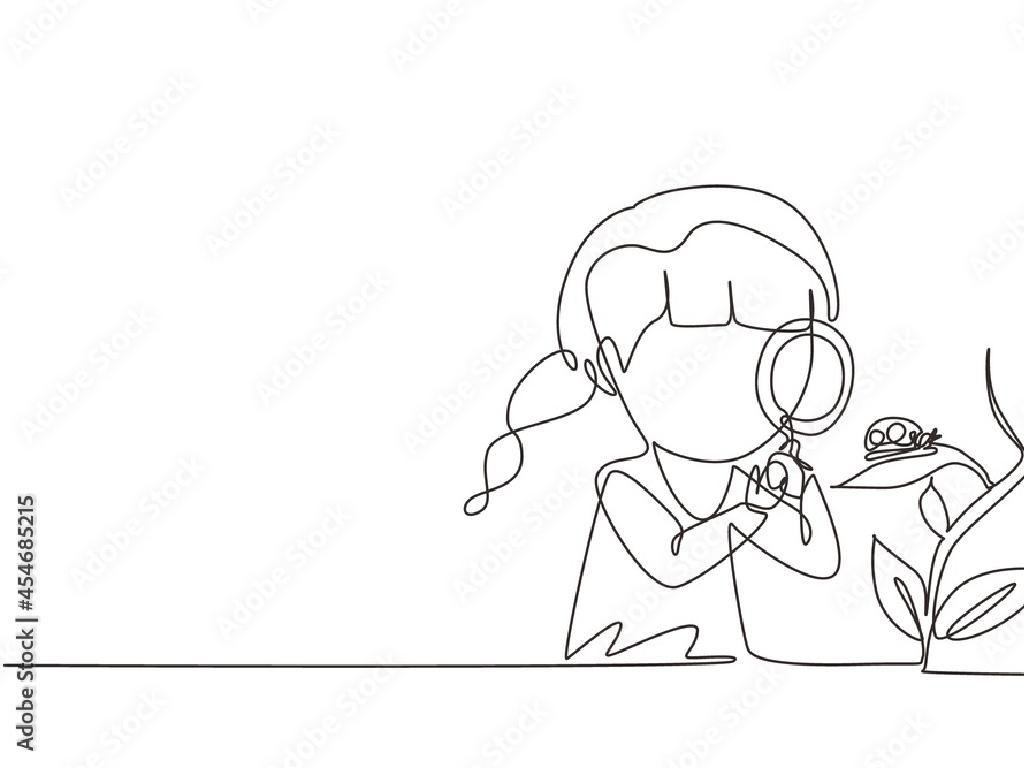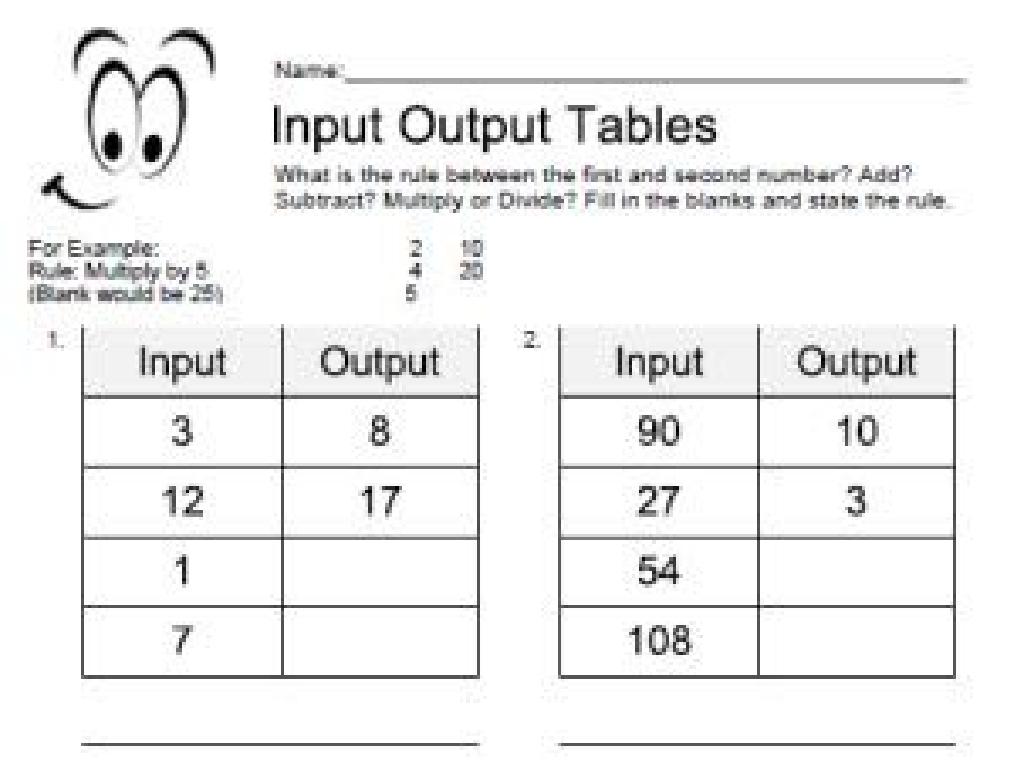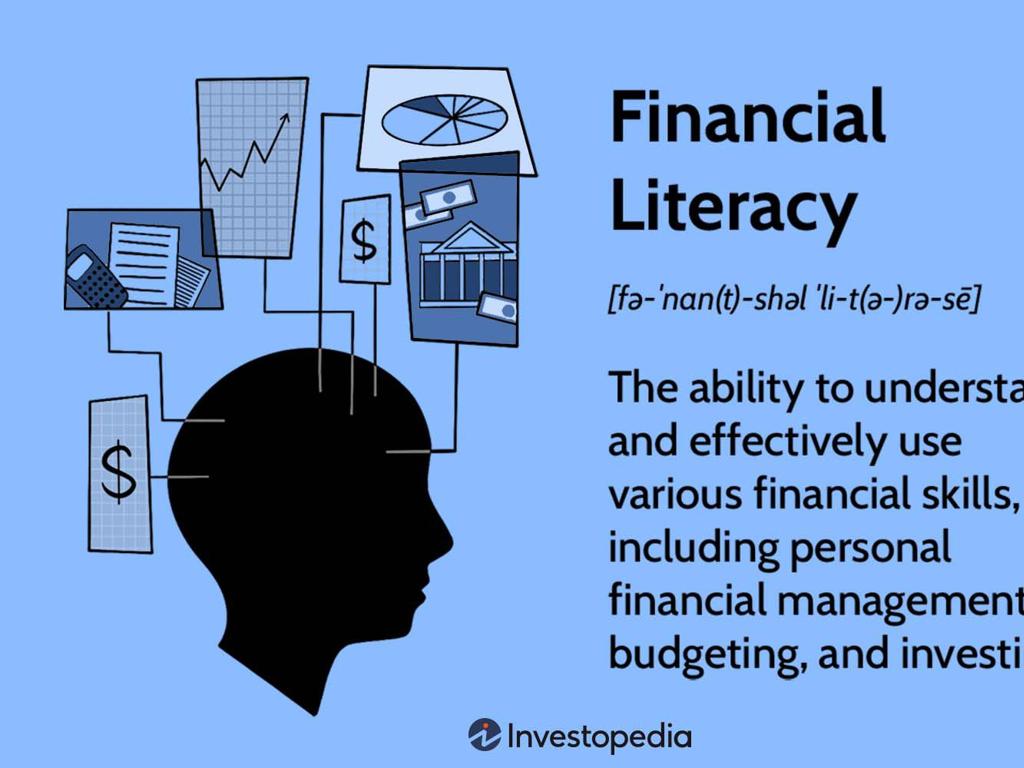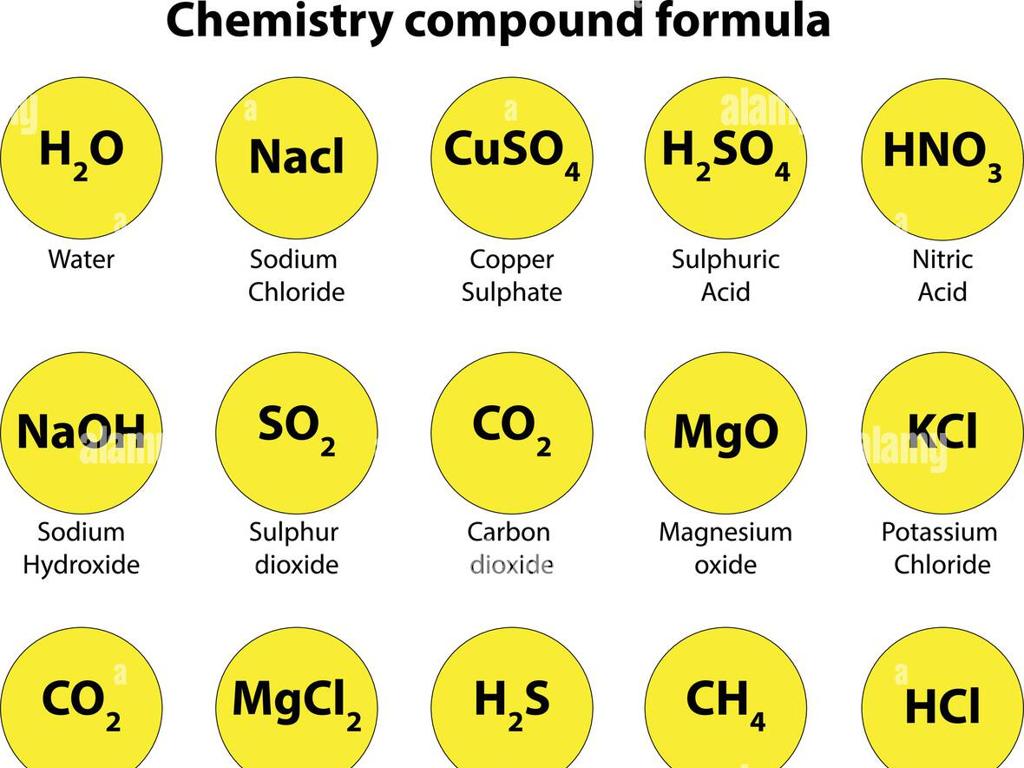Multiply 1-Digit Numbers By Multi-Digit Numbers Using Partial Products
Subject: Math
Grade: Fourth grade
Topic: Multiply By One-Digit Numbers
Please LOG IN to download the presentation. Access is available to registered users only.
View More Content
Multiplying with Bigger Numbers!
– Multiplication as repeated addition
– If you have 4 bags with 3 apples each, multiplication tells you how many apples you have in total.
– Multiplying 1-digit by multi-digit numbers
– For example, 4 x 32 means you have four 32s. Break it down into 4 x 30 and 4 x 2.
– Using partial products to multiply
– Add the partial products: 4 x 30 = 120 and 4 x 2 = 8, so 120 + 8 = 128.
– Real-life importance of multiplication
– Helps in situations like buying multiple items or calculating areas.
|
This slide introduces students to the concept of multiplication as a method for efficient counting. It’s crucial to explain that multiplication is not just about memorizing tables, but understanding that it’s like adding the same number multiple times. Show how to break down a multiplication problem into smaller, more manageable parts (partial products) and then combine them to find the total. Emphasize the practicality of multiplication in everyday life, such as shopping or arranging objects in rows and columns. Encourage students to think of their own examples where they use multiplication outside of school.
Quick Review: Multiplication Basics
– Understanding multiplication
– Multiplication is repeated addition
– Multiplying with single digits
– Practice: 5 x 2 = 10
– Example: 3 x 4 = 12
– Example: 6 x 7 = 42
|
This slide is a quick refresher on the concept of multiplication, aimed at preparing fourth-grade students for learning about multiplying 1-digit numbers by multi-digit numbers using partial products. Begin by explaining that multiplication is a way to add the same number multiple times. Use simple examples like 3 x 4 and 5 x 2 to remind students of the process they’ve already learned. Emphasize that understanding these basics is crucial before moving on to more complex problems. Encourage students to think of multiplication as groups of numbers, which will help them grasp the concept of partial products in the following lessons. The examples provided should be solved together with the class to ensure comprehension.
Multiplying with Larger Numbers
– Same rules, more steps
– Example: 3 x 24
– Multiply 3 by each digit: 3×20, then 3×4
– Break into smaller pieces
– Smaller, manageable calculations
– Introducing Partial Products
– Add the products for the final answer
|
This slide introduces the concept of multiplying larger numbers using the method of partial products, which is particularly useful for fourth graders. Begin by reinforcing that the multiplication rules they already know apply to larger numbers as well, just with additional steps. Use the example 3 x 24 to illustrate the process: first, multiply 3 by 20 (the tens place), then 3 by 4 (the ones place). Explain that by breaking the problem into smaller, more manageable pieces, they can easily find the partial products. Finally, show how to add these partial products together to get the final answer. Encourage students to practice this method with different numbers and ensure they understand each step before moving on.
Multiplying Using Partial Products
– Break down the multi-digit number
– Split 32 into 30 (3 tens) and 2 (2 ones)
– Multiply each part by the 1-digit number
– 4 times 30 equals 120, and 4 times 2 equals 8
– Add the products for the final answer
– 120 plus 8 equals 128
– Class activity: Multiply 4 x 32
– Let’s solve 4 x 32 using partial products together
|
This slide introduces the concept of partial products, a method for multiplying a one-digit number by a multi-digit number. Begin by explaining how to decompose the multi-digit number into tens, hundreds, etc. Then, demonstrate how to multiply each decomposed part by the one-digit number. Emphasize the importance of aligning the numbers correctly when adding the partial products. For the class activity, guide students through the process of multiplying 4 by 32 using partial products. Encourage them to work step by step: first multiplying 4 by 30, then 4 by 2, and finally adding the two products together to find the final answer. Provide additional examples for practice if time allows.
Let’s Practice Multiplication with Partial Products!
– Solve 5 x 46 using partial products
– Multiply 5 by each digit in 46, then add the results
– Solve 7 x 28 using partial products
– Multiply 7 by each digit in 28, then add the results
– Remember the partial products steps
– Share your solutions and methods
|
This slide is designed for a class activity where students will practice the partial products method of multiplication. For problem 1, students should multiply 5 by 40 (200), then 5 by 6 (30), and add the two products to get the final answer (230). For problem 2, they should multiply 7 by 20 (140), then 7 by 8 (56), and add those products to get the final answer (196). Remind students to align their numbers correctly and to add carefully. Provide guidance as needed and encourage students to explain their process to the class. This will help reinforce their understanding of the concept and allow them to learn from each other.
Real-World Application: Multiplication in Shopping
– Why multiply large numbers?
– Example: Bulk fruit purchase
– If one bag of apples costs a certain amount, how much for 6?
– Calculate cost of 6 bags of 24 apples
– Use partial products to find total cost: 6 bags x 24 apples/bag
– Practical uses of multiplication
– Helps in budgeting and understanding quantities
|
This slide aims to show students the importance of multiplication in everyday life, specifically in the context of shopping. Start by discussing why we need to multiply large numbers, such as when buying items in bulk. Use the example of purchasing apples in bulk to make the concept relatable. Show how to calculate the total cost of 6 bags of 24 apples each using partial products, breaking down the multiplication step by step. Emphasize how multiplication is a practical skill that can help with budgeting and understanding quantities in real-world scenarios like grocery shopping. Encourage students to think of other examples where they might use multiplication outside of school.
Class Activity: Multiplication Market
– Set up a classroom market
– ‘Buy’ items in bulk
– Calculate total cost
– Add up the cost of all items to find the total
– Use partial products for totals
– Multiply using the partial products method: break down the numbers and then add them up
|
In this interactive activity, students will engage in a simulated shopping experience to practice multiplication with partial products. Set up stations with various items and price tags. Students will select items they wish to ‘purchase’ in bulk, such as 5 apples at $2 each. They will then use the partial products method to calculate the total cost by breaking down the multiplication into smaller, more manageable pieces. For example, 5 apples at $2 each would be 5 x 2, broken down into (5 x 0) + (5 x 2) = 0 + 10 = $10 total. Provide guidance and ensure students understand each step of the process. Possible variations of the activity could include using play money for transactions, partnering students to ‘shop’ together, or creating complex scenarios requiring multiple multiplication problems to solve.
Wrapping Up: Multiplication with Partial Products
– Congratulations on learning partial products!
– Homework: Multiplication worksheet
– Practice the new method at home
– Use partial products for each problem
– Remember to break down each digit
– Next class: Multiplication check with division
– Anticipate learning division as a check for accuracy
|
Well done to all the students for mastering the partial products method for multiplication! For homework, students are expected to complete a worksheet that provides additional practice on this topic. Encourage them to carefully break down multi-digit numbers into smaller parts and multiply each part by the one-digit number, then sum up all the partial products. This will reinforce their understanding and proficiency. In the upcoming class, we will explore how division can be used to verify the results of multiplication, providing a full-circle understanding of these interconnected operations.





